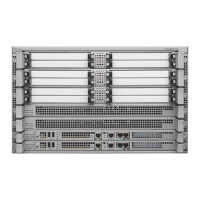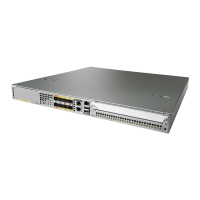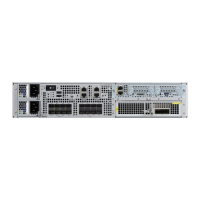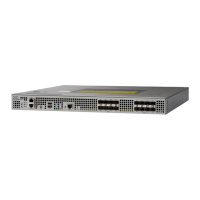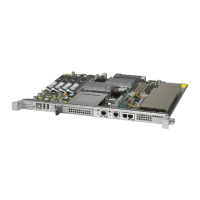2
Cisco ASR 1000 Series Aggregation Services Routers SIP and SPA Software Configuration Guide
OL-14127-08
Troubleshooting the SIP
Using the Cisco IOS Event Tracer to Troubleshoot Problems
Caution Because debugging output is assigned high priority in the CPU process, it can render the system
unusable. For this reason, use debug commands only to troubleshoot specific problems or during
troubleshooting sessions with Cisco technical support staff. Moreover, it is best to use debug commands
during periods of lower network traffic and fewer users. Debugging during these periods decreases the
likelihood that increased debug command processing overhead will affect system use.
For information about other debug commands supported on the Cisco ASR 1000 Series Routers, refer
to the Cisco IOS Debug Command Reference publications for relevant Cisco IOS releases.
Using show Commands
There are several show commands that you can use to monitor and troubleshoot the SIP and SPA on the
Cisco ASR 1000 Series Aggregation Services Routers. This chapter describes using the show
hw-module subslot command to perform troubleshooting of your SPA.
Using the Cisco IOS Event Tracer to Troubleshoot Problems
This feature is intended for use as a software diagnostic tool and should be configured only under the
direction of a Cisco Technical Assistance Center (TAC) representative.
The Event Tracer feature provides a binary trace facility for troubleshooting Cisco IOS software. This
feature gives Cisco service representatives additional insight into the operation of the Cisco IOS
software and can be useful in helping to diagnose problems in the unlikely event of an operating system
malfunction or, in the case of redundant systems, Route Processor switchover.
Event tracing works by reading informational messages from specific Cisco IOS software subsystem
components that have been preprogrammed to work with event tracing, and by logging messages from
those components into system memory. Trace messages stored in memory can be displayed on the screen
or saved to a file for later analysis.
The SPAs currently support the “spa” component to trace SPA OIR-related events.
For more information about using the Event Tracer feature, refer to the following URL:
http://www.cisco.com/en/US/docs/ios/12_0s/feature/guide/evnttrcr.html.
Preparing for Online Insertion and Removal of the SIP and SPAs
The Cisco ASR 1000 Series Routers support online insertion and removal (OIR) of the SPA interface
processor (SIP), in addition to each of the shared port adapters (SPAs). Therefore, you can remove a SIP
with its SPAs still intact, or you can remove a SPA independently from the SIP, leaving the SIP installed
in the router.
This section includes the following topics on OIR support:
• Preparing for Online Removal of a SIP, page 5-3
• Verifying Deactivation and Activation of a SIP, page 5-4
• Preparing for Online Removal of a SPA, page 5-5

